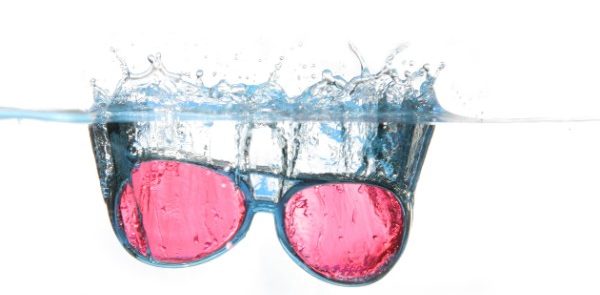Diving Back into Lifeguard Season
Get your sunglasses and SPF ready! With warmer weather steadily approaching, lifeguard season is just around the corner! Make sure all of your ducks are in a row so that you are ready to be the best lifeguard. There are some key points you’ll need to consider before diving back into lifeguarding.
Secure your Job
Whether you’re a first-time lifeguard or a veteran, you’ll want to make sure that you have your summer job locked in. If you’re a returning lifeguard, be sure to reach out to your local office to secure your position!
If you’re new to lifeguarding, or simply want to change locations, Guard for Life makes it easy to find lifeguarding opportunities in your area.
Get Fit!
You don’t have to be captain of the swim team to lifeguard! During the training and certification process, instructors are looking to make sure your swimming skills are solid enough to complete a rescue and stay safe. Learn more about what it takes to complete lifeguard training here. For returning guards, we know it’s easy to slack off on your swimming skills during the colder months. Therefore, it’s especially important to make sure that your body is as ready for lifeguarding as possible. To succeed in the pool, you’ll want to be physically prepared . This is why it’s a good idea to get yourself reaccustomed to swimming. Run drills, practice with a friend, do whatever you need to do to get your body and your swimming skills at their best.
Here are some fun drill ideas you can practice with friends to be be in top lifeguard shape:
- Kickback: In this drill, one person pretends to be an unconscious victim, and the other is the rescuer. With the victim on the rescue tube, the rescuer must tow the victim across the length of the pool and back as quickly and as safely as possible. Successfully complete this drill in 20-60 seconds depending on the width of the pool.
- Extrication: In this drill, there are two rescuers and one victim. The primary rescuer starts on the side of the pool with the victim. The secondary rescuer starts on the deck with the backboard. The objective is to have the victim on the deck using the two-person removal with a backboard technique as quickly and safely as possible. Successfully complete this drill in about 20 seconds.
- Deep-water submerged extrication: In this drill, there are two rescuers and one victim who is submerged at the bottom of the pool. The goal is to resurface the victim. The primary rescuer grasps the victim from behind. Meanwhile, the secondary rescuer plants their feet firmly on the bottom and grasps the primary rescuer. The secondary rescuer does this to give the primary rescuer and the victim a boost. Successfully complete this drill in 10 seconds.
Is Your Certification Up to Date?
Already certified? You’ll have to make sure that all of your certifications are still valid before you start lifeguarding this season. Luckily, Guard for Life offer tons of training classes throughout the year to make getting recertified easy!! Your lifeguard certification stays valid for 2 years. For the first 30 days after it expires, you have the option of taking a shorter review course (13 hours) . If your certification has been expired for longer than 30 days or if you’re a first-time lifeguard, you’ll have to take the full training course which is completed in approximately 25 hours and 20 minutes.
Get ready to DIVE IN to another great season of lifeguarding! Find a job near you with Guard For Life, or register for training in your area to get certified for the first time or recertified. Learn more about Guard for Life’s lifeguarding training courses today!

